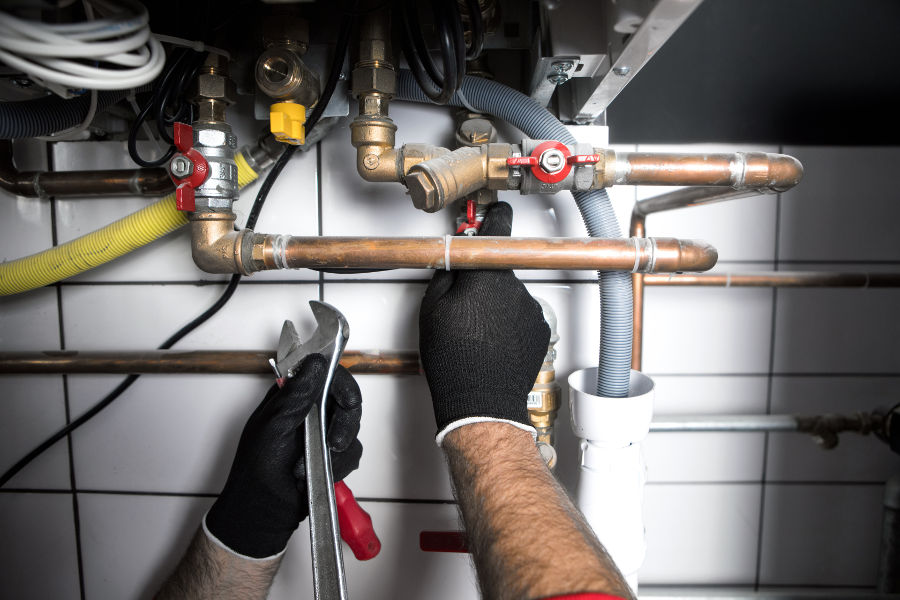With all the last-minute tenant requests, surprise emergencies, and necessary fixes, it’s a wonder property managers have time to focus on anything else. But there’s one critical thing property managers need to make time for, or their buildings and equipment could suffer for it later on: preventive maintenance.
A company-wide preventive maintenance plan is a must for keeping your assets in good health and reducing the risk of building emergencies or equipment failure.
With so many different tasks and routines being classified as “preventive maintenance,” how can you tell if your organization is aligned with industry standards? Is your company saving as much money as the team down the street?
Is there a secret sauce for maximizing profits by strengthening your preventive maintenance plan?
We chatted with several property management teams about their structured plans, and found that there are four core components to great preventive maintenance:
Component #1: Firm Yet Flexible Routines

While it sounds like an oxymoron, preventive routines need to be streamlined across your company (firm) but easily updated when needed (flexible). It’s important to make sure your team members are following the same standard operating procedures from building to building. You’ll also want to make sure any updates to those standard routines are automatically communicated team-wide, so nothing falls through the cracks. For example, the next time your super inspects the property grounds, they won’t miss the new company requirement for checking walkway and sidewalk cracks.
Component #2: Industry Best Practices

If you’re just getting started, you might not know how often you’d like certain things worked on or looked at. You’ll want to balance the needs of your equipment with your staff workload and schedule. It’s a good idea to research some industry-standard best practices (“How often should I regularly inspect HVAC systems? What are things I should look for during a grounds inspection?”) before you develop your team’s standard protocols.
Component #3: Instant and Easy Escalation

Preventive maintenance only works when it’s done, and done right. That means immediately reporting or acting on any inconsistencies found during routine inspections. Make sure your preventive maintenance system or platform lets your team trigger work as soon as they see something that requires action. This way, when your manager catches a boiler acting up during a regular review, they’ll be able to initiate repair work right away. The sooner work begins, the sooner your team can resolve issues & ensure tenant satisfaction.
Component #4: Trend Audits and Reporting

Being able to see which pieces of equipment buildings require the most frequent repairs is critical for planning your operating budget. Any preventive maintenance plan should include a system for regular audits and review, letting you see trending results of each regular inspection and work request. You’ll be able to better anticipate annual spend and plan for long-term repairs and replacements.




